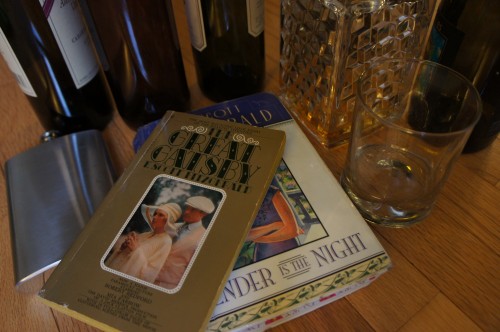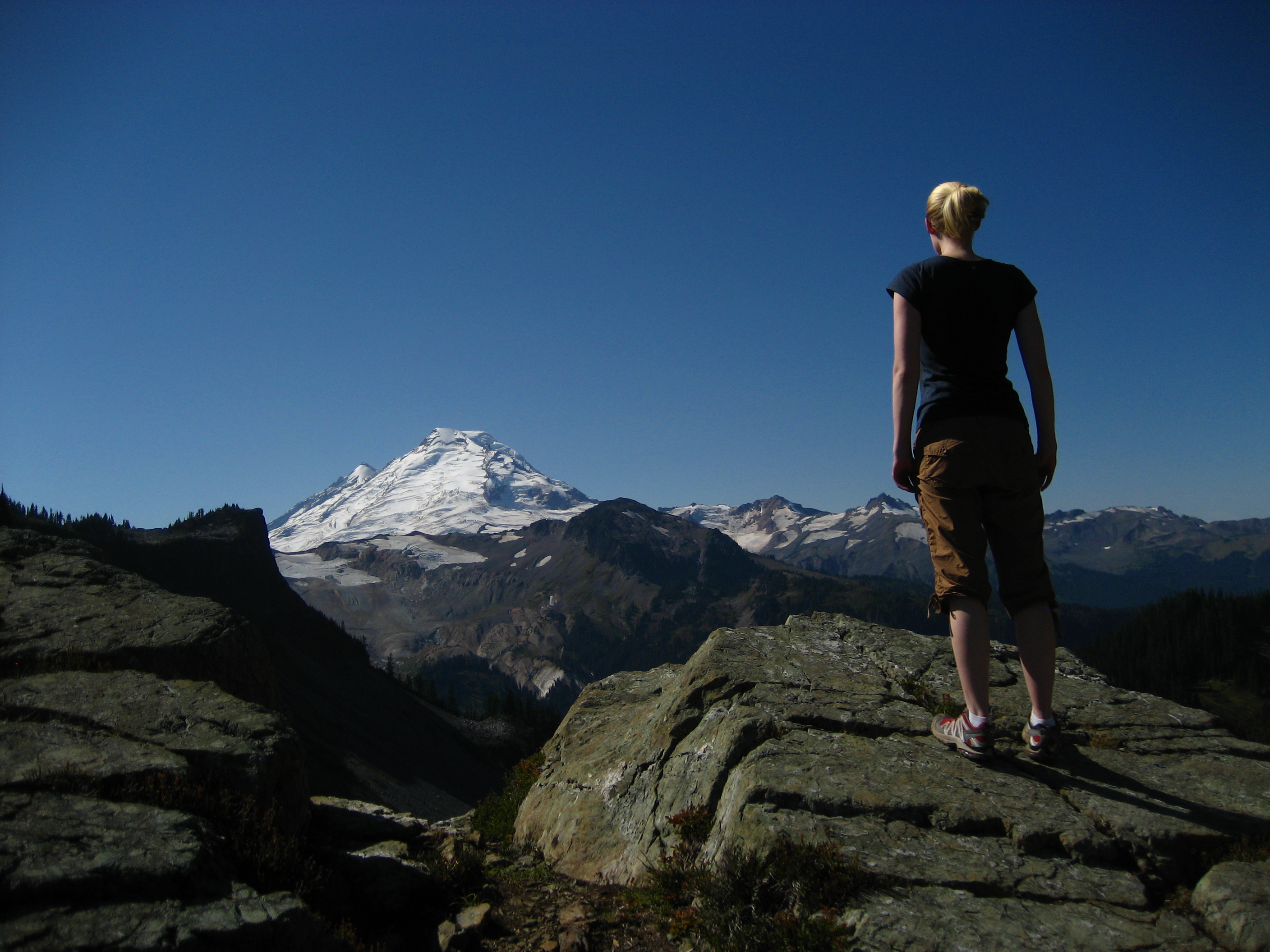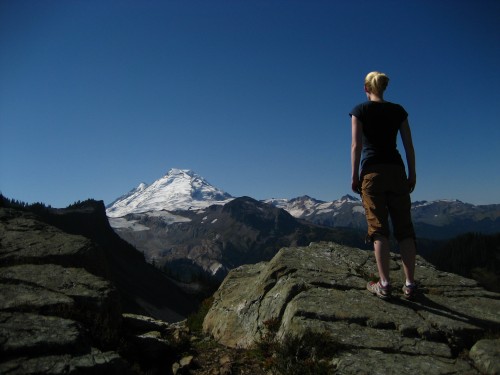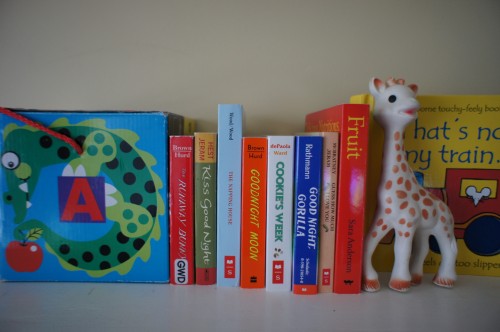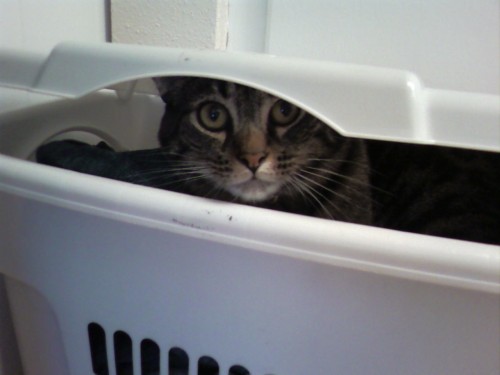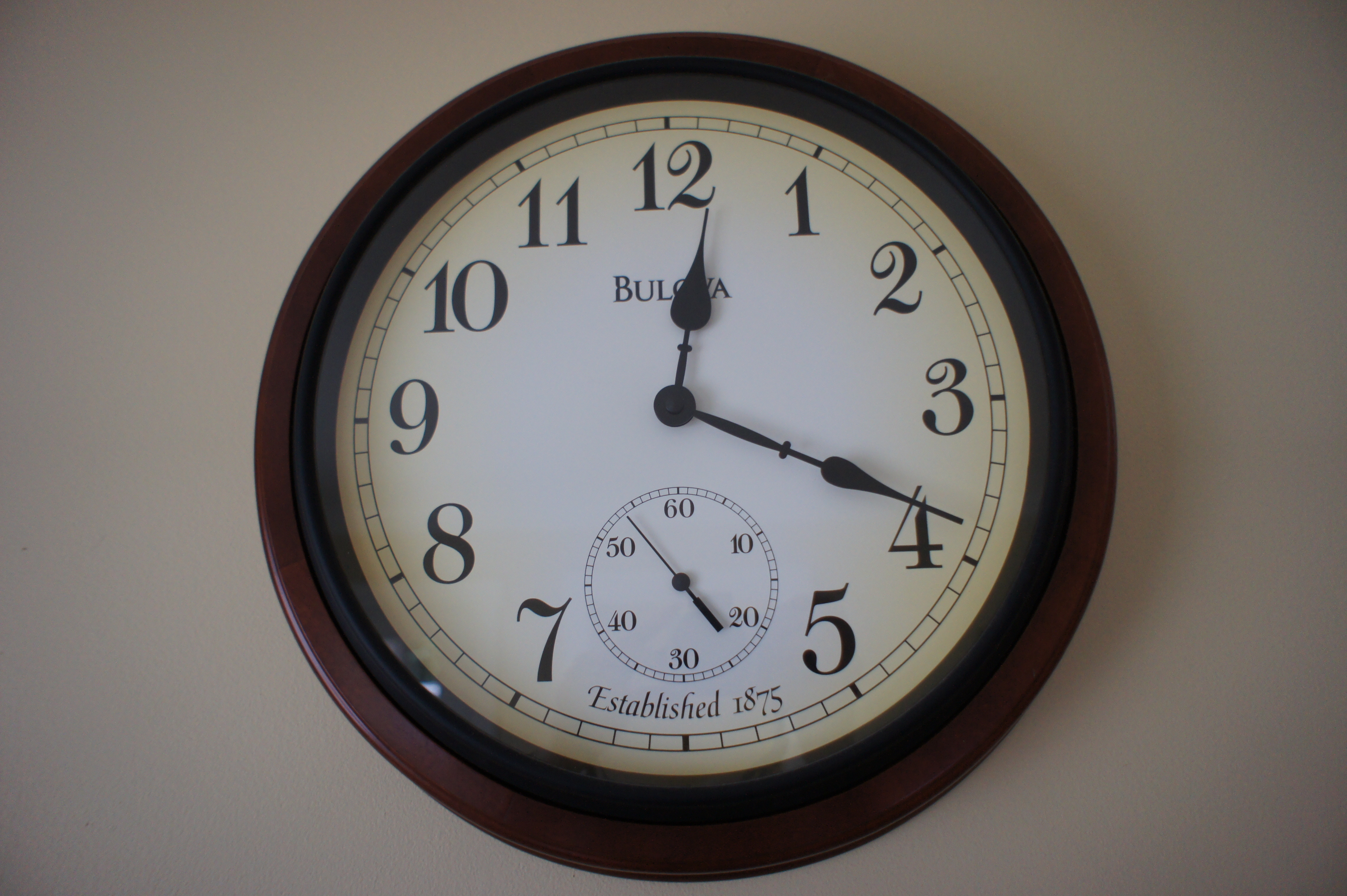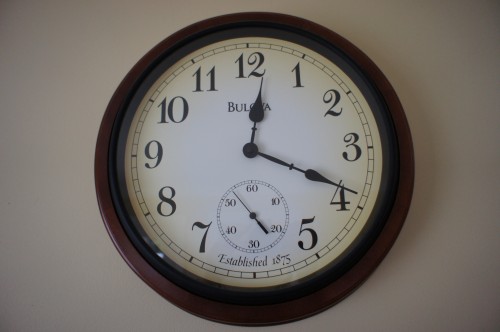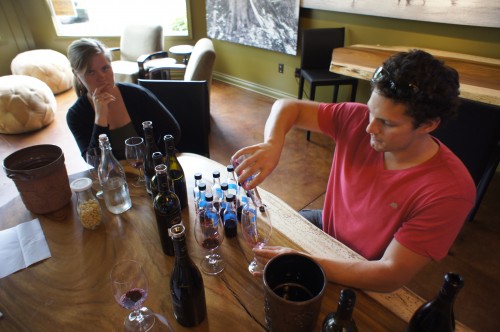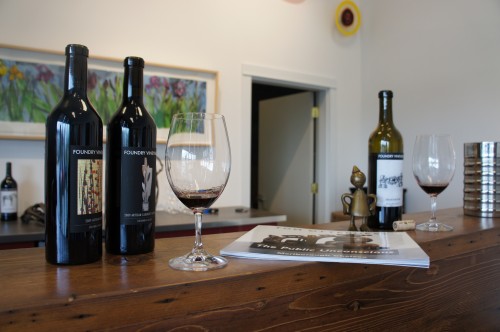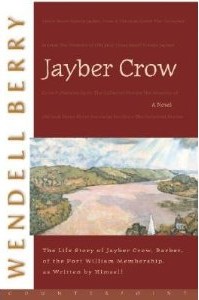
Many have argued that the best artists are the ones wielding a tortured soul. With serious issues like drug induced inspiration, gambling addictions, drowning sorrows and looking for answers in the bottom of one kind of bottle or another. They had some kind of weakness or childhood trauma that they overcame or channeled and turned into great works of art. I’ve always teased my parents that they ruined my chances at being a great writer by giving me a great childhood.
So I don’t have a drinking problem, or do drugs. I’ve never gambled with anything more than skittles in a poker game or by not taking my umbrella on an ominous looking cloudy day. I’ve never been divorced or suffered a premature loss of a loved one. All the typical dirt that a tormented artist uses to fuel their inspiration is beyond me. So what are my vices? Do I really need to start working on a drinking problem? (Seems expensive if you ask me). What could I use to tap the depths of my “un-tortured” soul?
Well, thankfully I have come to terms with, what some may call, a hum-drum life. And while I don’t think you have to have a tortured past or a narcotics problem to write, I do believe that writers can create beautiful work, sharing truths discovered by living lives both fully and sometimes, terribly. I believe it simply comes down to writing honestly.
Every writer pulls words together for a reason, and that reason doesn’t necessarily have to be dark. You can write for joy too! Happiness can be just as fueling as misery and in fact I think more fulfilling to write about. While it is necessary to learn from our mistakes, we can discover truth in the good times as well. A marriage, the birth of a child, a victory, a successful meeting, even a perfectly executed somersault or figuring out how to set the clock on the stereo; all of these things are gems and make great fodder for writing.
Living, loving and suffering. We pull emotions from all these things that reveal truths that are often too great to keep to ourselves. That’s what makes us writers, recording our experiences and, if we want to, sharing what we’ve learned.
I do think that a widow writing about loss is more powerful than an equally skilled writer without the same experience. And there are some artists who have created great work while under the influence of one thing or another. But these circumstances are not a guarantee of great work, they are simply part of life and the human condition.
Fydor Dostoevsky, Kurt Cobain, Sylvia Plath, Hemmingway, Beethoven, Tennessee Williams, Vincent van Gogh; these are the models upon which the tortured artist is based. They were all amazing artists. And yes, they committed suicide or died in physical, financial or mental ruin.
But the issues that plague great artists, low self esteem, terrible health, heartbreak, depression, domineering parents, alcoholism and post traumatic stress disorder, are all human issues. People who don’t write, draw, sing, play, dance or paint go through these same issues and God help them all. These are not ailments of a tortured artist, these are symptoms of our fragile humanity.
I do not encourage you to stay sad for the sake or creativity, or to drink and do drugs for the sake of creativity. What I do encourage is that you live your life fully and truly and by all means, write with your heart and your gut. But above all else, write with honesty.

